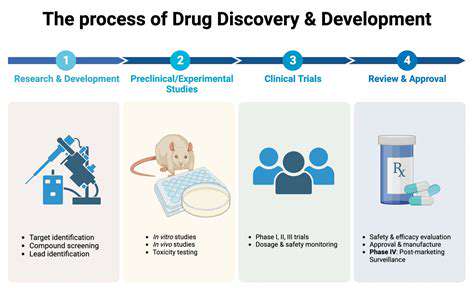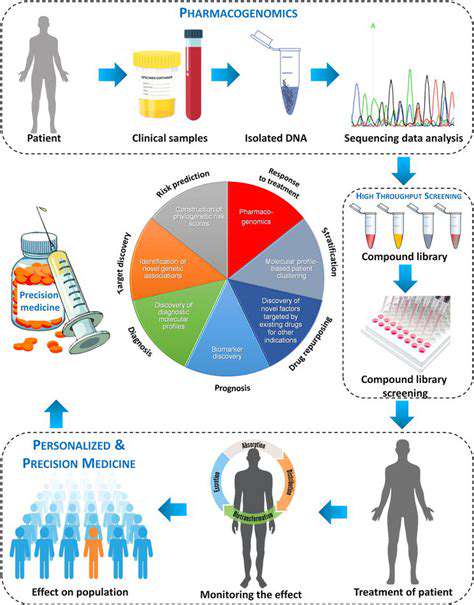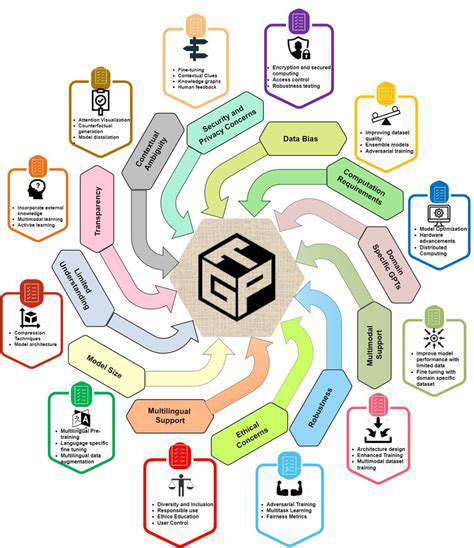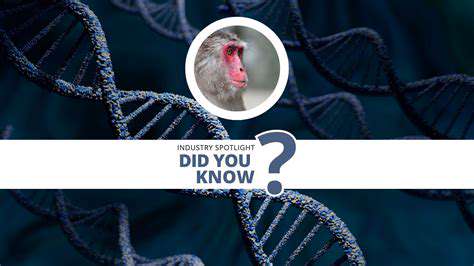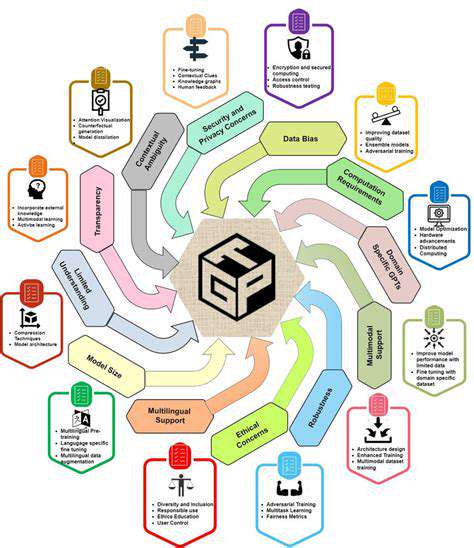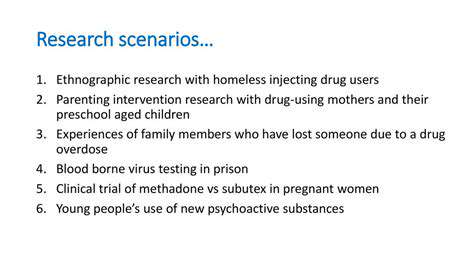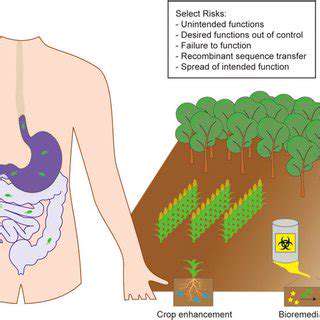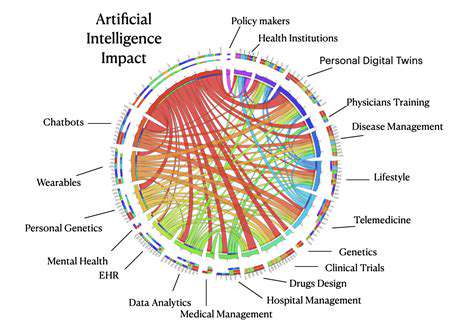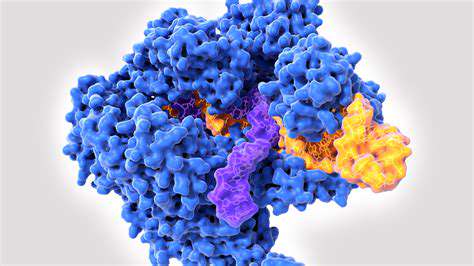
Modifying Telomere Length and Repair Mechanisms

Telomere Biology and Cellular Aging
Telomeres are protective caps at the ends of chromosomes that shorten with each cell division. This shortening is a significant contributor to cellular senescence, the process of cellular aging. Understanding the mechanisms underlying telomere shortening is critical for comprehending the aging process. The progressive shortening of telomeres eventually leads to the inability of cells to divide further, contributing to tissue damage and organ dysfunction.
The shortening of telomeres is a natural and crucial part of the cell cycle. Maintaining telomere length is essential for cellular function and preventing the onset of age-related diseases. Telomere maintenance is a complex process involving a variety of proteins and enzymes, and its dysregulation has been linked to various pathological conditions.
Methods for Telomere Length Modification
Several approaches are currently being explored to modify telomere length, ranging from pharmacological interventions to gene therapy techniques. These methods aim to either lengthen existing telomeres or prevent further shortening.
A significant focus is on developing drugs and compounds that stimulate telomerase activity, an enzyme responsible for maintaining telomere length. This is a promising avenue for potentially reversing age-related cellular damage. However, the implications of increasing telomerase activity are still being investigated, as it may have unforeseen consequences on cell growth and proliferation.
The Role of Telomerase in Telomere Maintenance
Telomerase is a ribonucleoprotein enzyme that plays a crucial role in maintaining telomere length by adding telomere repeats to chromosome ends. This enzymatic activity is vital for preventing the loss of genetic information during cell division.
Telomerase activity is often reduced or absent in somatic cells, leading to telomere shortening and cellular senescence. The restoration of telomerase activity in these cells is a key area of research for potentially reversing age-related decline.
Ethical Considerations and Potential Risks
Modifying telomere length presents significant ethical considerations. The potential benefits of extending telomere length must be carefully weighed against potential risks, including the possibility of increased cancer risk. Interfering with natural cellular processes carries potential for unforeseen consequences.
Furthermore, the equitable access to these potentially life-altering therapies is an important ethical concern that needs to be addressed. Careful consideration of the long-term implications is crucial before widespread implementation of telomere modification technologies.
Clinical Applications and Future Directions
The potential applications of telomere modification extend beyond simply slowing down the aging process. Research into these interventions may offer novel therapies for age-related diseases, potentially improving quality of life and extending lifespan. Early-stage studies offer promising insights into the potential of telomere maintenance therapies for treating specific conditions.
Future research should focus on developing safe and effective strategies for telomere modification, while thoroughly addressing potential risks and ethical implications. Further investigation into the precise mechanisms of telomere biology and cellular aging will be key for advancing these promising interventions.
Addressing the Underlying Biological Mechanisms of Aging
Understanding the Cellular Clock
Cellular senescence, a crucial component of the aging process, involves the cessation of cell division. This process, though often protective, can lead to the accumulation of senescent cells, also known as 'zombie cells,' which contribute to age-related diseases. Understanding the mechanisms that regulate cellular senescence is essential to developing interventions that mitigate its negative effects and extend healthy lifespan.
Various factors, including telomere shortening, oxidative stress, and DNA damage, contribute to the activation of cellular senescence pathways. These factors are intricately linked, creating a complex interplay that drives the aging process. Interfering with these pathways could offer therapeutic avenues for combating age-related decline.
The Role of Telomeres in Cellular Aging
Telomeres, protective caps at the ends of chromosomes, shorten with each cell division. This shortening eventually triggers cellular senescence, limiting a cell's replicative potential. The rate of telomere shortening varies between individuals and cell types, influencing the lifespan of different tissues and organs. Research into telomere maintenance and repair mechanisms is actively pursued to potentially slow or reverse this process of shortening, potentially extending healthy lifespan.
The Impact of Mitochondrial Dysfunction
Mitochondria, the powerhouses of the cell, are essential for energy production. As we age, mitochondrial function declines, leading to decreased energy production and increased oxidative stress. This mitochondrial dysfunction is implicated in various age-related diseases, including neurodegenerative disorders and cardiovascular disease. Targeting mitochondrial pathways could offer novel strategies to combat age-related decline and improve overall healthspan.
Epigenetic Modifications and Aging
Epigenetic modifications, such as DNA methylation and histone modifications, play a crucial role in regulating gene expression. These modifications can accumulate over time, leading to changes in cellular function and contributing to the aging process. Investigating the role of epigenetic changes in cellular aging could reveal novel therapeutic targets for interventions that slow down the aging process and mitigate age-related diseases.
Inflammation and the Aging Process
Chronic inflammation is a hallmark of aging, contributing to the development of various age-related diseases. The inflammatory response, while vital for defense, can become dysregulated with age, leading to chronic low-grade inflammation. Understanding the inflammatory pathways and their role in aging is critical to developing strategies that modulate inflammation and promote healthy aging.
The Interplay of Genetic and Environmental Factors
Aging is a complex process influenced by both genetic predisposition and environmental factors. Genetic variations can influence the rate of aging and susceptibility to age-related diseases. Environmental exposures, such as diet, lifestyle choices, and exposure to toxins, can also impact the aging process. Integrating insights from both genetics and environmental factors is crucial for a comprehensive understanding of aging and the development of effective interventions.
Ethical Considerations and Future Directions
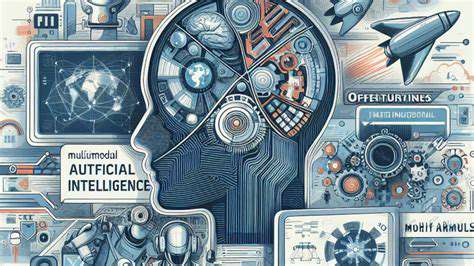
Data Privacy and Security
Protecting user data is paramount in any application, especially in the context of evolving technologies. Robust security measures are crucial to prevent unauthorized access and breaches, safeguarding sensitive information. This includes implementing encryption protocols, multi-factor authentication, and regular security audits. Data privacy regulations, such as GDPR, must be meticulously adhered to, ensuring transparency in data collection and usage practices.
Furthermore, the ethical implications of data collection and usage must be carefully considered. Users need to be informed about how their data is being collected, processed, and used, and given the opportunity to opt out or control their data if desired. This transparency fosters trust and reduces the potential for misuse.
Algorithmic Bias and Fairness
Machine learning algorithms can perpetuate and amplify existing societal biases. It is critical to design and train algorithms in a way that minimizes these biases. This involves careful data selection, algorithm evaluation, and ongoing monitoring for fairness and equity. Bias detection and mitigation strategies are essential components of ethical AI development.
Transparency and Explainability
Users should understand how a system makes decisions, especially when those decisions have significant implications. Black box algorithms that lack transparency can erode trust and hinder accountability. Developing explainable AI (XAI) methods is vital to provide insights into the decision-making processes, allowing for better understanding and oversight.
Explainability is particularly important in high-stakes applications, such as loan applications, medical diagnoses, and criminal justice. This transparency enables scrutiny and allows for human oversight and intervention where necessary.
Accountability and Responsibility
Determining responsibility in cases of errors or harm caused by AI systems is a complex issue. Clear guidelines and frameworks for accountability are necessary to ensure that appropriate measures are taken to address any negative impacts. This includes establishing roles and responsibilities for developers, deployers, and users of AI systems.
Developing a robust ethical framework, along with clear lines of communication and accountability can mitigate risks and foster trust in the use of AI systems.
Impact on Employment and Society
The widespread adoption of AI may lead to significant societal changes, including shifts in the job market and economic structures. Careful consideration must be given to the potential displacement of workers and the need for retraining and upskilling initiatives.
Furthermore, the societal implications of AI need comprehensive assessments. This includes considering how AI systems can exacerbate existing inequalities or create new ones. Careful consideration of these factors is essential for navigating the potential challenges and promoting inclusive growth.
Environmental Sustainability
The energy consumption and carbon footprint associated with training and running AI models are significant concerns. Developing sustainable AI practices is critical to minimizing the environmental impact of these technologies. This includes using energy-efficient hardware, optimizing algorithms for efficiency, and exploring alternative energy sources.
Research into sustainable AI algorithms and practices is essential to ensure that the benefits of AI are realized without compromising the health of our planet.

